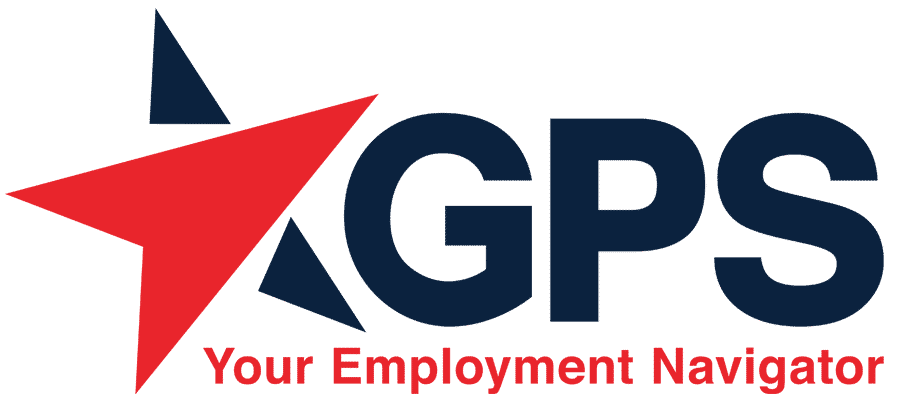What HR Can Do to Fix the Gender Pay Gap
Since choosing a STEM profession or climbing the corporate ladder simply guarantees a higher salary, not an equitable one, how can pay equity be achieved? Much of the recent media focus on this issue has covered what women can personally do to close the pay gap. Clearly, women do need to do their research, know their worth, and negotiate effectively. But there’s also a role here for organizations to play. Women’s actions alone will not solve the systemic pay gap. At Novant Health, we tie pay directly to market value, which leaves a very narrow range for negotiation and helps close unfair pay gaps. The following are a few processes that have been accumulated from my and my colleagues’ experience that can address the systemic nature of the pay gap. 1. Determine the level of knowledge, responsibility, and value to the organization for each job to eliminate pay disparities between female-dominated and male-dominated jobs that are comparable in complexity or physical hazards. Managers, with their HR partners, should evaluate job offers to ensure they’re based on the value the position brings to the organization and not on what the candidate earned previously. This reduces the potential for women, especially women of color, to be penalized on future salaries based on past pay inequities. The offer may be tempered by internal equity and the candidate’s experience, expertise, or skill set. 2. Monitor promotions and raises to ensure they are bias-free. According to the U.S. Department of Labor, there is equitable development of talent when women and men who have similar qualifications at their time of hire are proportionately: Since career interruptions may affect pay or job level, interruptions may be a variable in a multiple regression analysis or otherwise used as a factor for interpreting an individual result. A regression analysis provides a projection rate of promotability or trajectory of careers. 3. Perform an annual pay equity analysis to determine if pay is based on relevant variables such as market value, experience, last three performance ratings, and so on. This analysis should be run during the time period that the company is considering merit increases; the manager can then adjust the pay of anyone whose pay is not aligned with the projected pay or provide the extenuating circumstances that explain the difference. 4. Discuss and defend the distribution of employees’ raises in a peer group setting. Pay increases or bonuses should be based on annually established goals for threshold, target and maximum. The initial discussion should take place between managers across business units in a department, although an HR partner may facilitate the discussion. The review forces managers to set realistic goals with their staff and support increases with observable results. Having an open discussion about pay increases should surface if one unit or one demographic is getting too small a portion of the pie. If there are factors that support a business unit having a skewed distribution, then pay can be allocated accordingly. As part of this process, managers should also be held accountable for how the members of their team are developing. 5. Support transparency in compensation. The U.S. Office of Personnel Management publishes the salary and wage range for each federal worker pay grade, along with cost of living adjustments — and federal workers’ gender pay gap is only 11%, which is considerably less than the national average. Other organizations publish the criteria and formula used to determine pay and merit increases or bonuses, internally, along with the pay range. A few, such as, Whole Foods, publish individual salaries on their intranet. Publishing individual salaries is perhaps taking transparency too far — knowing another employee’s salary without knowing the criteria and formula used to determine the salary may make salaries appear arbitrary. But publishing the criteria and formula provides rationale and a goal and dispels misperceptions. 6. Be explicit about who is responsible for equitable pay. Australia’s Workplace Gender Equality Agency recommends “[an] explicit statement on where accountability for pay equity lies. This should include roles and responsibilities of people managers, human resources officers and employees in the remuneration process, and whether there is a remuneration review committee.” The path to pay equity involves organizations correcting their systems and processes. Given that women are almost 60% of the college graduates, companies with a level “paying” field will have the competitive edge for getting the largest segment of top talent. Deborah Ashton is the Vice President, Chief Diversity Officer for Novant Health. Previously, she headed diversity at Medtronic, Darden Restaurants, Harley-Davidson and Argonne National Laboratory. She received her doctorate from Harvard University.
